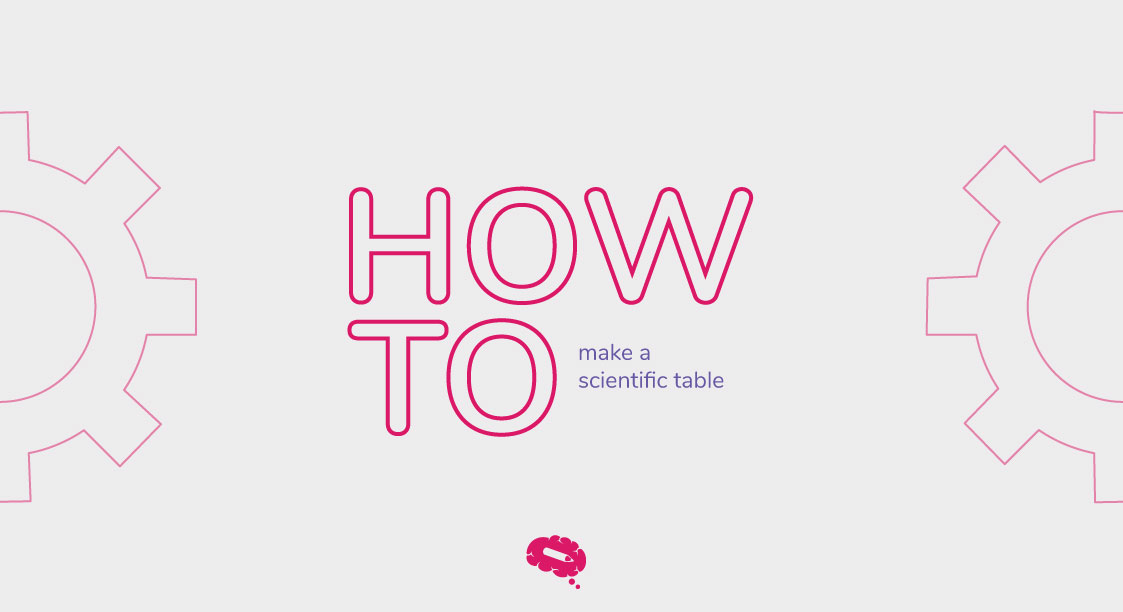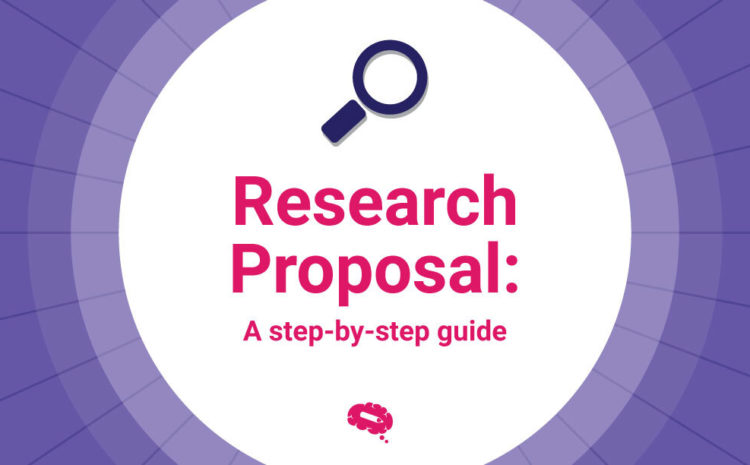Every scientific paper aims to add new insights to the literature, review known observations, or find new solutions to a problem.
As a general principle, a research proposal or research paper should clearly describe the topic of the research, thereby enabling the reader to understand the context of the research, its relevance, the appropriateness of the methods employed, and the validity of the findings.
Defining and presenting the problem that inspired your research in a comprehensible, easily readable and, above all, relevant manner is crucial.
Often colleagues or potential sponsors start by reading the statement of the problem. Given that your research will be centered around your problem statement, knowing how to construct one is advantageous.
Exactly how would you go about constructing one? Understanding the qualities of a good problem statement is important, in addition to its elements and framework.
Here is a guide to help you write a thorough statement of the problem for your research paper or proposal.
What is the statement of the problem in a research paper?
In a statement of the problem, you specify the problem that your research is attempting to solve. Your study will use reliable outcomes or results to fill the existing gap in knowledge.
An effective problem statement can consist of only a few sentences or can go as long as a few paragraphs, but must clearly state the reason for the study.
You should not over broaden your problem statement. It should target a specific issue and contribute to the subject’s body of knowledge for further study.
In the case of a research proposal, you may write the problem statement as a standalone part at the beginning, however, you will have to follow the directions of the proposal if it has a different format.
For a research paper manuscript to be published in a peer-reviewed journal, your introduction will mainly contain your problem statement, along with your contextual/background information.
Relevance of the Problem Statement
Defining a problem before starting a research project will allow the goals of the research to be clearly identified as well as provide insight into the scope of the research. It outlines the current problem, your proposed solution, and the potential impact of the solution.
Researchers and readers both benefit from a well-written problem statement. Researchers use this statement to define the scope and outline of their project.
The creation of a problem statement is a useful tool for researchers who need funding for their research. It helps financiers understand why you are a good candidate for funding.
A good problem statement should include the following elements
The reader learns what you plan to do to solve the stated problem and the reasoning behind it. Therefore, a good problem statement must include the following elements:
1. What is the research question?
The research problem you propose is the driving force behind your study. In light of the results of your study, determine the gap that needs to be bridged. In other words, you must state your research question clearly. You might want to think about these questions:
- Does the problem statement make sense?
- Are you familiar with the core issue here?
- How would a possible solution to the problem of the study change the study?
2. Disputes and Implications
You should describe the current state of research in the next section of your problem statement. There are three sections in this part: identifies the problem, explains why it exists and identifies who the problem impacts.
You should then explain what effects the problem has in the next section of the statement. As this section describes how the problem is affecting the people affected by the problem, the severity of the problem is quantified.
3. Considering the Study’s Importance
In this section, you should explain why the research in the first place is valuable and why it is necessary. Discuss your study’s relevance and impact in this area. Be sure to emphasize how your work contributes to the literature, as well as how it will provide value to others.

How to write an effective problem statement
1. Identify the problem
First, you must identify the problem before you can begin writing your problem statement. Identifying the problem is the most important and crucial step.
2. Describe your optimal situation in your statement
As a next step, explain what the perfect environment would include in the absence of your problem. As part of your research to improve the process, you will need to describe what you expect your research to accomplish.
3. Outline of the current gaps
Your problem statement should then include a real-world section. Here, you should clearly explain the current scenario. In this section, describe how, when, and where you identified the issue, as well as its cause and why it is an issue.
4. Describe the effects and objective of the problem
Write a section on the impact of your problem statement. Here, the problem is quantified and explained.
The information provided in this section can be used to identify specific figures such as the duration of a disease or the impact on a specific population segment. Valid data should be included here to support your claims.
As you describe the effects, you should also elaborate on your exact goals, enabling every aspect of your paper to come together so that the reader can make an informed decision about whether they accept your rationale and whether they are convinced of your approach.
5. Outline a plan for resolving the Problem
A conclusion section should conclude your statement. The purpose of this section is to identify how the research will advance toward reaching your objectives and achieving your goals.
Explain the possible solution as well as its benefits to the world. Problem statements are one of the most crucial parts of a research proposal because they will help funders understand the initiative.
An example of a problem statement
This is an example of a Problem Statement on how wearing an XYZ material mask during Covid can affect the health of a person.
A first step would be to outline Covid’s effect on the immune system and how it affects health.
Assume that a mask is worn and that the environment in which the mask would be ideal for the wearer. You should then identify the problems associated with Covid and not wearing a mask as well as the difficulties associated with it. In this case, you can see the common covid issues that arise when no mask is worn.
As you progress through this stage, you may be able to identify an issue and expand it in a way that is appropriate for a research project. It may be that you are proposing a certain type of material XYZ to be used for mask production that can be the most beneficial to people in Covid protection.
Explain how your research will be able to contribute to the knowledge base on how this material will be best for masks for not only Covid, but also other respiratory conditions, perhaps COPD. You should then describe the practical application of your research proposal. You should focus on the “why” behind your research problem.
Keep in mind
In order to get approval from your advisor or to receive funding for your research, you need to define the problem clearly.
By formulating a problem statement, you can explain why the topic is worth investigating and why it should be addressed.
The goal is to emphasize the main purpose of your research and to entice readers to invest in your research project. For more information on how to write a good research proposal, visit this other article.

Subscribe to our newsletter
Exclusive high quality content about effective visual
communication in science.




